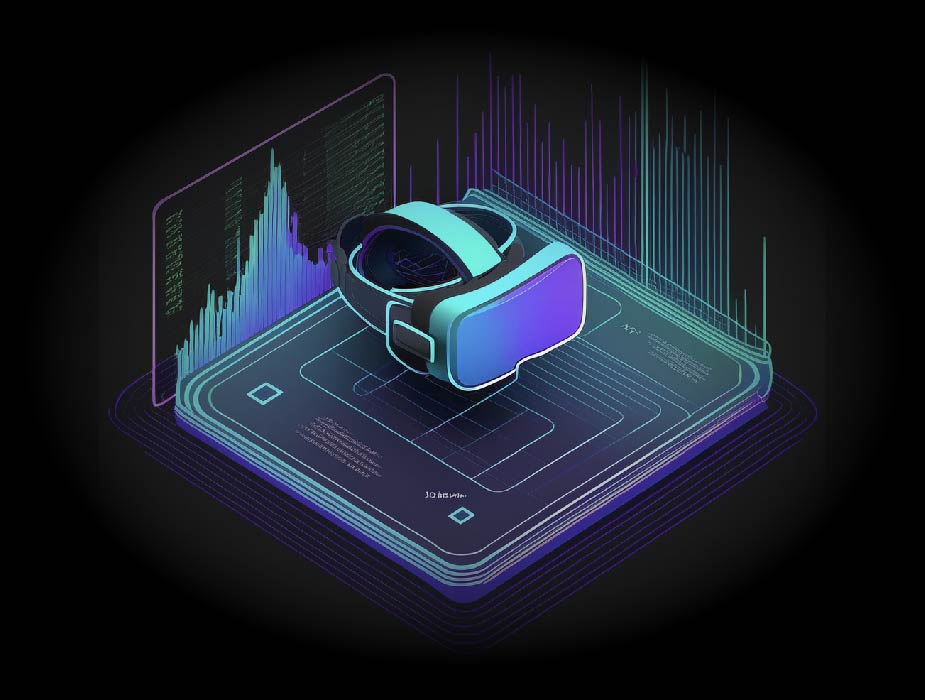Key Takeaways
1. XR Overview: Encompasses Virtual Reality (VR), Augmented Reality (AR), and Mixed Reality (MR), offering varying levels of immersion in digital and real-world environments.
2. Diverse Applications: XR is used in gaming, education, retail, healthcare, architecture, and industrial fields for immersive experiences and practical solutions.
3. Technological Advancements: Major improvements in headsets, tracking systems, and content creation tools like Unity and Unreal Engine have enhanced XR experiences.
4. Challenges: High costs, technical limitations (resolution, field of view), and user comfort issues still hinder broader adoption.
5. Future Growth: As technology advances and costs decrease, XR adoption is expected to increase across industries, offering more innovative applications.






